mak design lab
an exhibition demonstrating the many ways design can contribute to positive change
year 2019
categories curating, art direction & teaching
staging & spatial Installationsfor
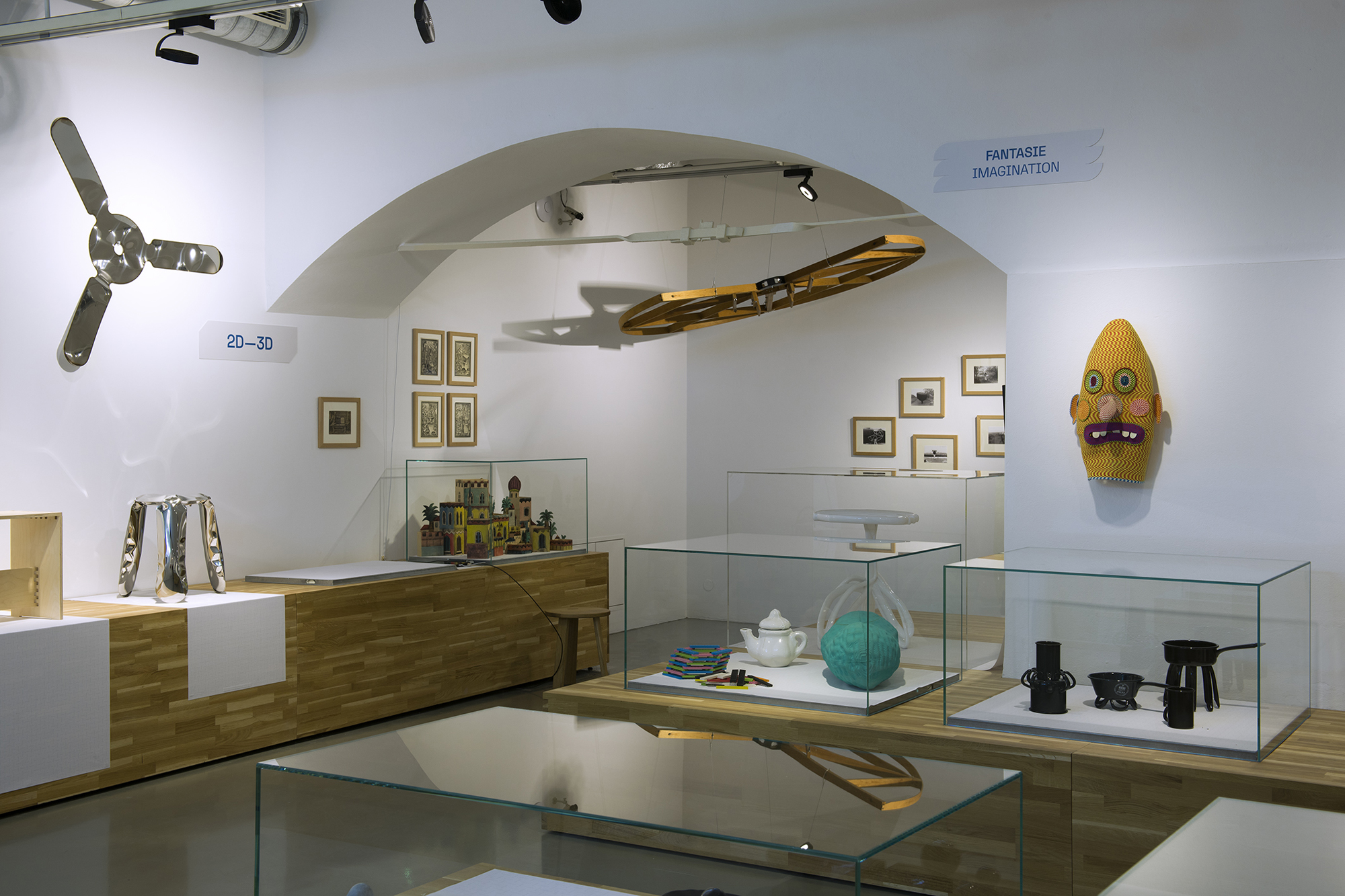
Design is much more than just the designing of “things”: design is an attitude, a way to investigate change, to make new approaches conceivable and tangible.
Design contributes to the formation of our world and living together and helps to expand human possibilities of agency and decision. All the objects we surround ourselves with —analogue and digital —, which we produce, buy, use, and discard, influence us and our environment. In the process, our social concerns and attitudes determine their application.
While over the past decades humans have been moulded into ideal consumers through the measuring and quantification of all data, things, and living beings, today we are witnessing a slow new orientation toward quality and an awareness of production, distribution, resources, and sustainability of consumed goods and information. Design is an essential factor in enabling this sustainable change to succeed and a new collective responsibility to take hold—from working life to nutrition to our digital data.
mischer’traxler studio was invited to co-curated the new layout and content of the permanent Design exhibition at the MAK. Objects from the MAK-collection were combined with loaned pieces to discuss contemporary topics. Across approximately 2000 square meters, the MAK DESIGN LAB demonstrates the many ways design can contribute to positive change. Contemporary projects by designers, artists, architects, programmers, activists, and idealists that react to the challenges of the 21st century and visualize problems, suggest alternatives, or offer solutions are contextualized in complex ways with historical approaches from the MAK collection. More than 500 objects, as well as tools, scientific research, and technologies present alternative paths for our current lifestyles and show approaches for a sustainable transformation of our method of production, lifestyles, habits, and systems. Together with Marlies Wirth and Janina Falkner, we developed the structure of the exhibition, workshops for citizen science projects and ideas for displays. Based on the existing exhibition architecture designed by Eoos in 2015, we reused the wooden exhibition elements, but changed the arrangement so that the ways to walk through the rooms was altered. For the exhibition design itself, we introduced backdrops for each project. Each topic has it’s own subtle patterns on the background. This structures the exhibition additionally to the text and graphics. The exhibition graphics and communication design was made by LWZ.
The exhibition opened in May 2019 and will be on show for the next four years.
main image:
MAK-DESIGN-LAB: Reinstallation in the context of the vienna biennale for change 2019
image credit: Stefan-Lux / MAK
big mask Mask on the wall by Bertjan Pot, underneath Enamel Collection Polkapots by Polka for Riess, left in the back: pop up paper theatre Jerusalem by Franz von Zülow from the MAK collection, left front: Plopp stool by Oskar Zieta
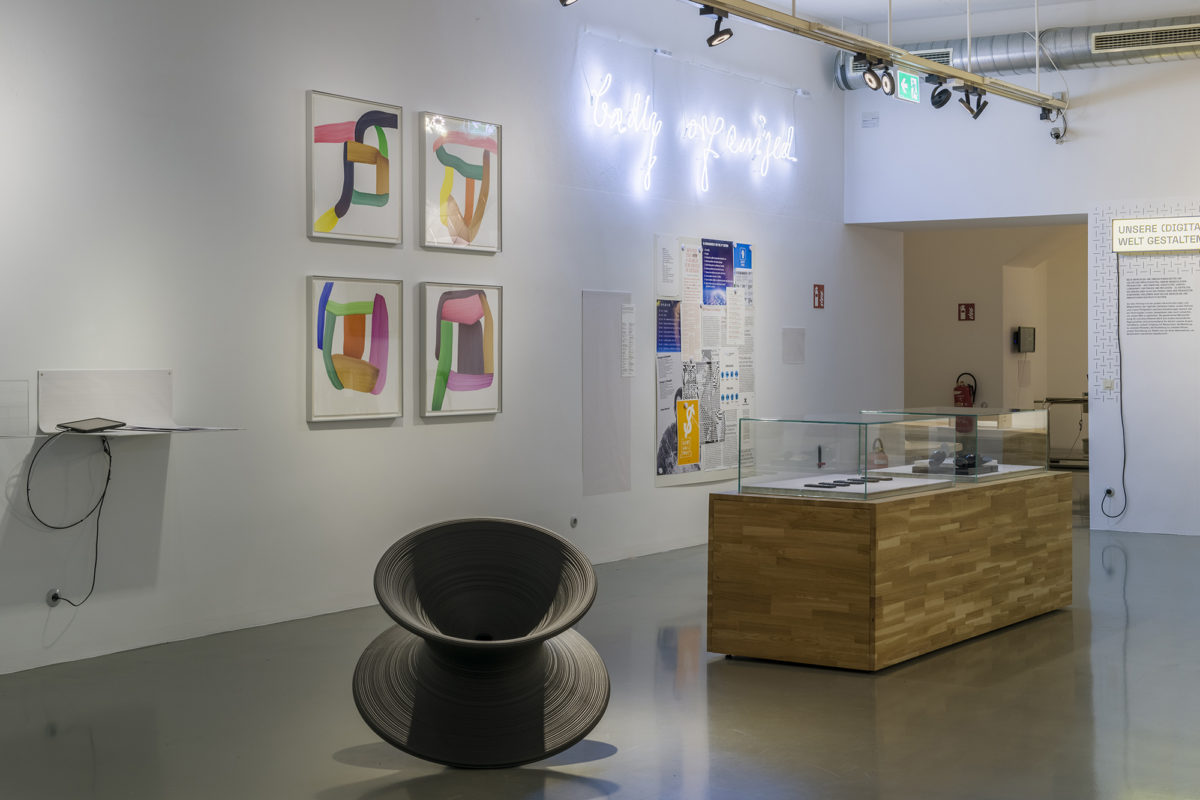
exhibition view "contemplation and play" with drawings by Ronan Bouroullec and Spun chair by Thomas Heatherwick, image credit: Stefan-Lux / MAK

exhibition view "challenges of the 21st century", image credit: Stefan-Lux / MAK
Objects from the
MAK-collection
are combined with loaned pieces to discuss contemporary topics.
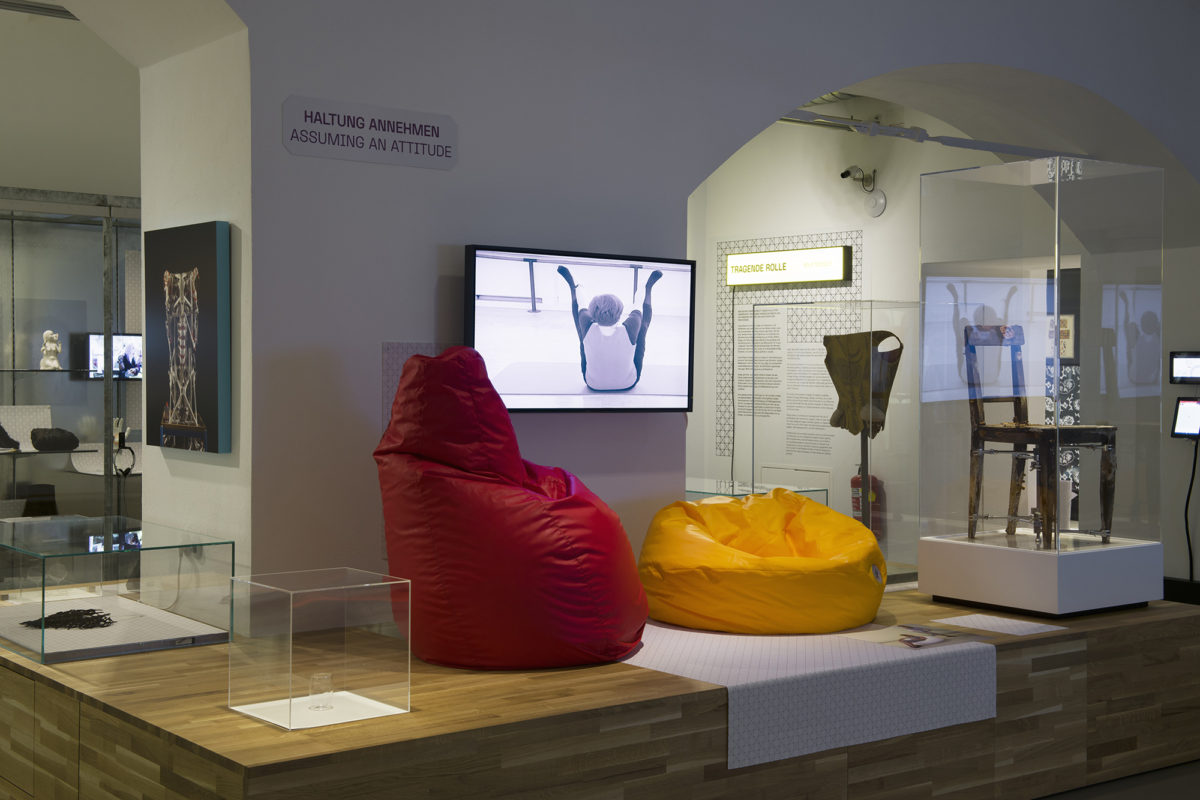
exhibition view "assume an attitude" with pieces from the MAK collection, image credit: Stefan-Lux / MAK
exhibition layout

basic floorplan of the new MAK DESIGN LAB (work in progress version) —
the coloured bubbles indicate greater subject areas, structured in subtopics, which allow a closer look on different approaches and motivations in design
The MAK LAB is structured into twelve greater sections, such as shaping our (digital) world, Design is Change, After Abundance, Nartificial and more which all have various subthemes. Each section has it’s own pattern used as backdrops and referred to in the exhibition graphics to indicate the projects affiliation. The MAK LAB flow doesn’t follow a strict order as the key topics often merge into one another — Visitor can randomly move through the space or simply follow the room sequences.
The exhibition is complemented by the MAK Lab app , developed by LWZ. The app’s digital life literacy area mediates essential concepts for shaping the future of Digital Modernity and climate change, and the Design Lab paths take visitors on special tours. Additionally one can play games and collect information about exhibited items and topics for a review at home.
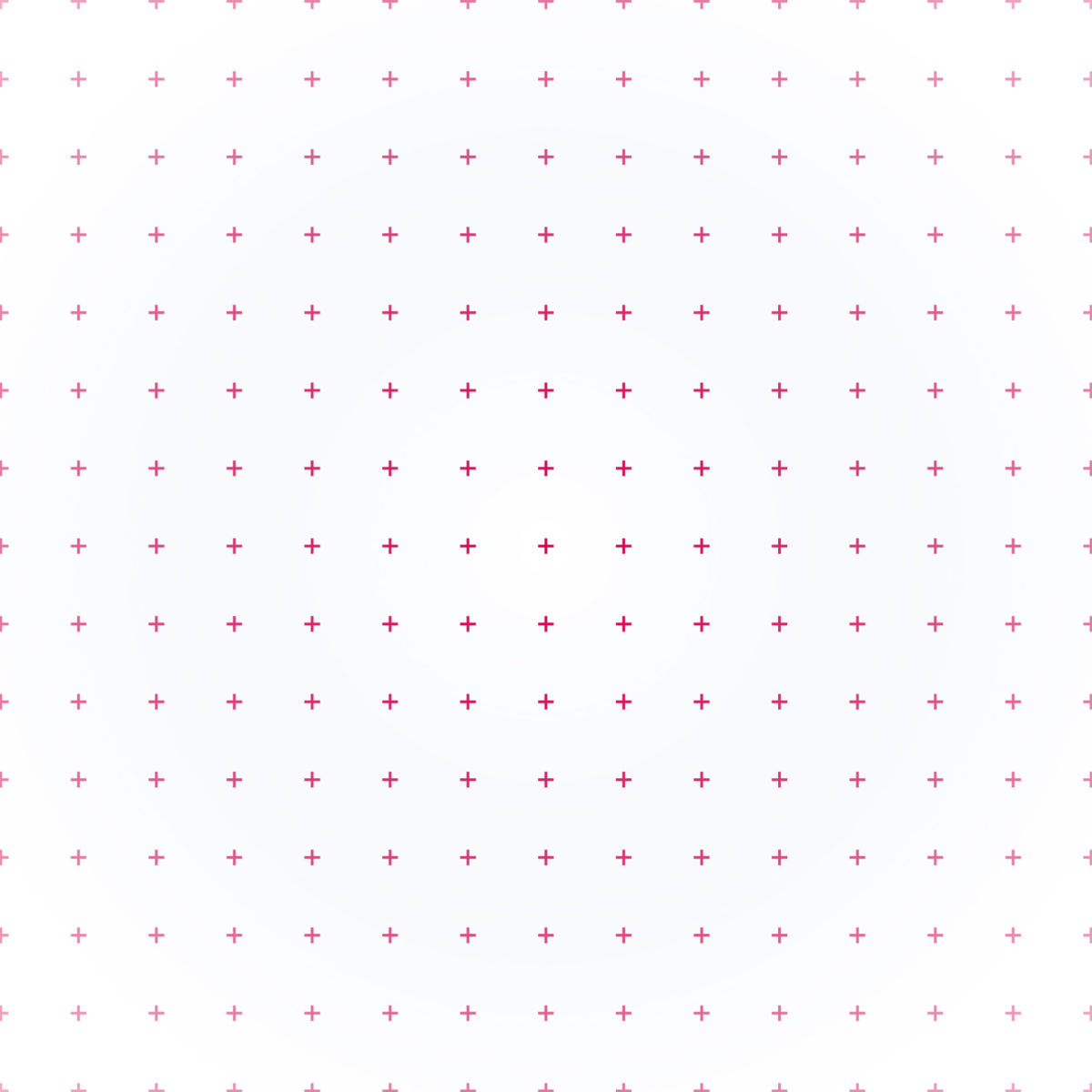

sketch for the rearrangement of the exhibition architecture and the exhibition design / the patterns serve as backgrounds for the objects — as well to balance the strong colour of the oak pedestals
exhibition chapters:
Design for change
shaping our (digital) world
input/output
sharing work
after abundance
nartificial
cabinet of consequences
design dilemma
global/local
role models
in/visible
resonance
special displays

Design Diversity - display of all kinds of variations of spoons from the last hundred years
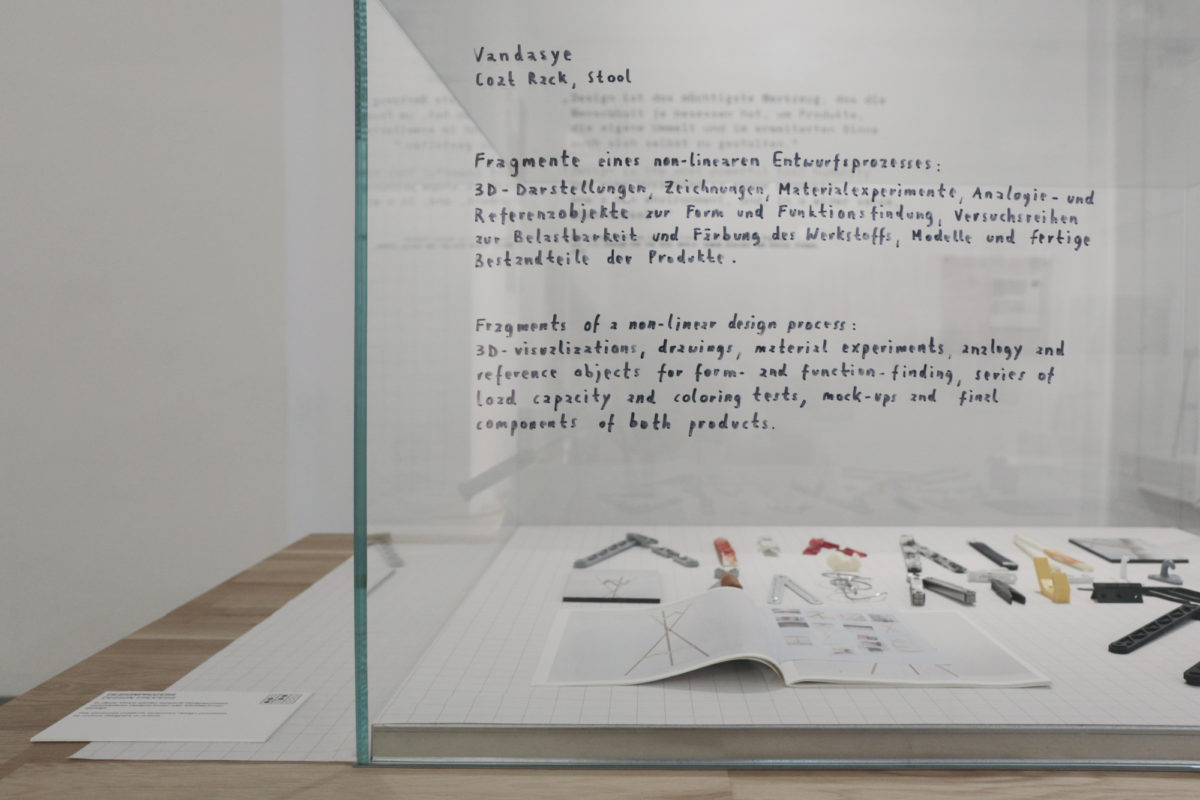
designers give insights in their design process
in this picture: studio vandasye - insights into their process for their my new apartment collection

first sketch for the smartphone vitrine
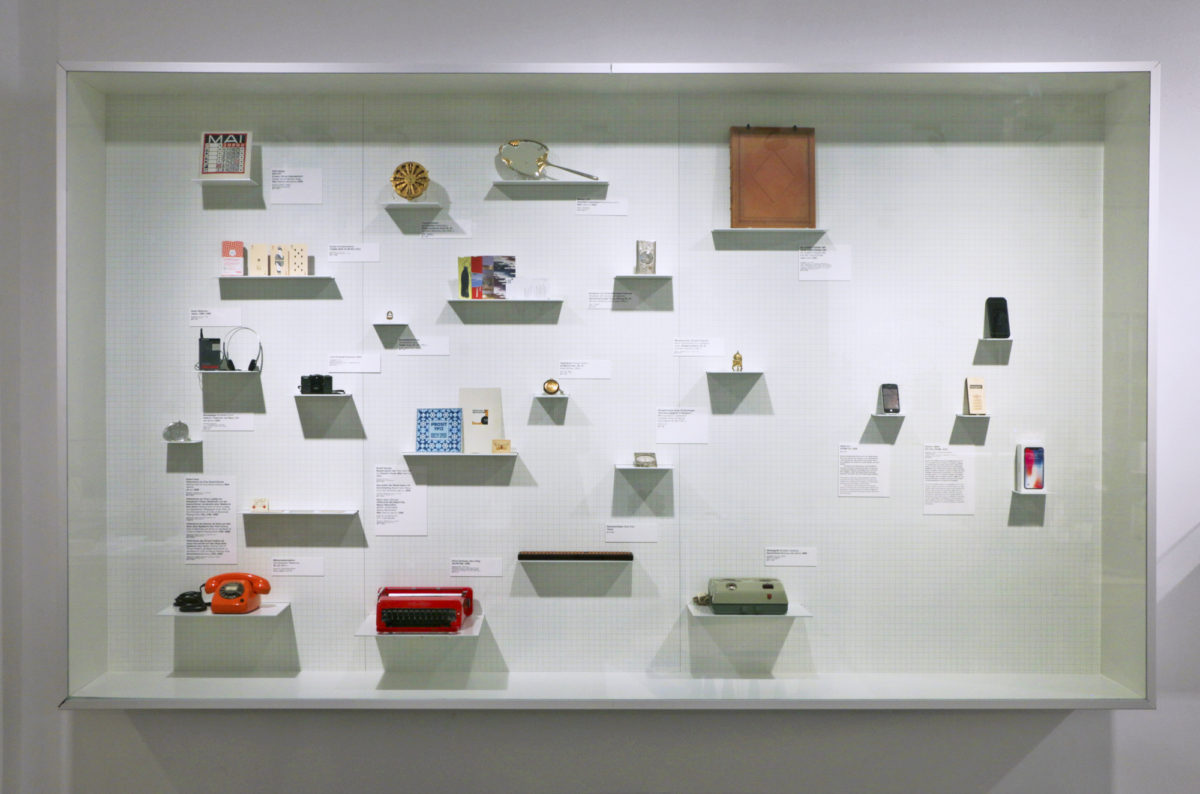
i phone display showcasing various analogue objects from the MAK collection. Objects like a typewriter, a walkman, a camera, printed invitations and letter etc. now exist digitally in any smartphone
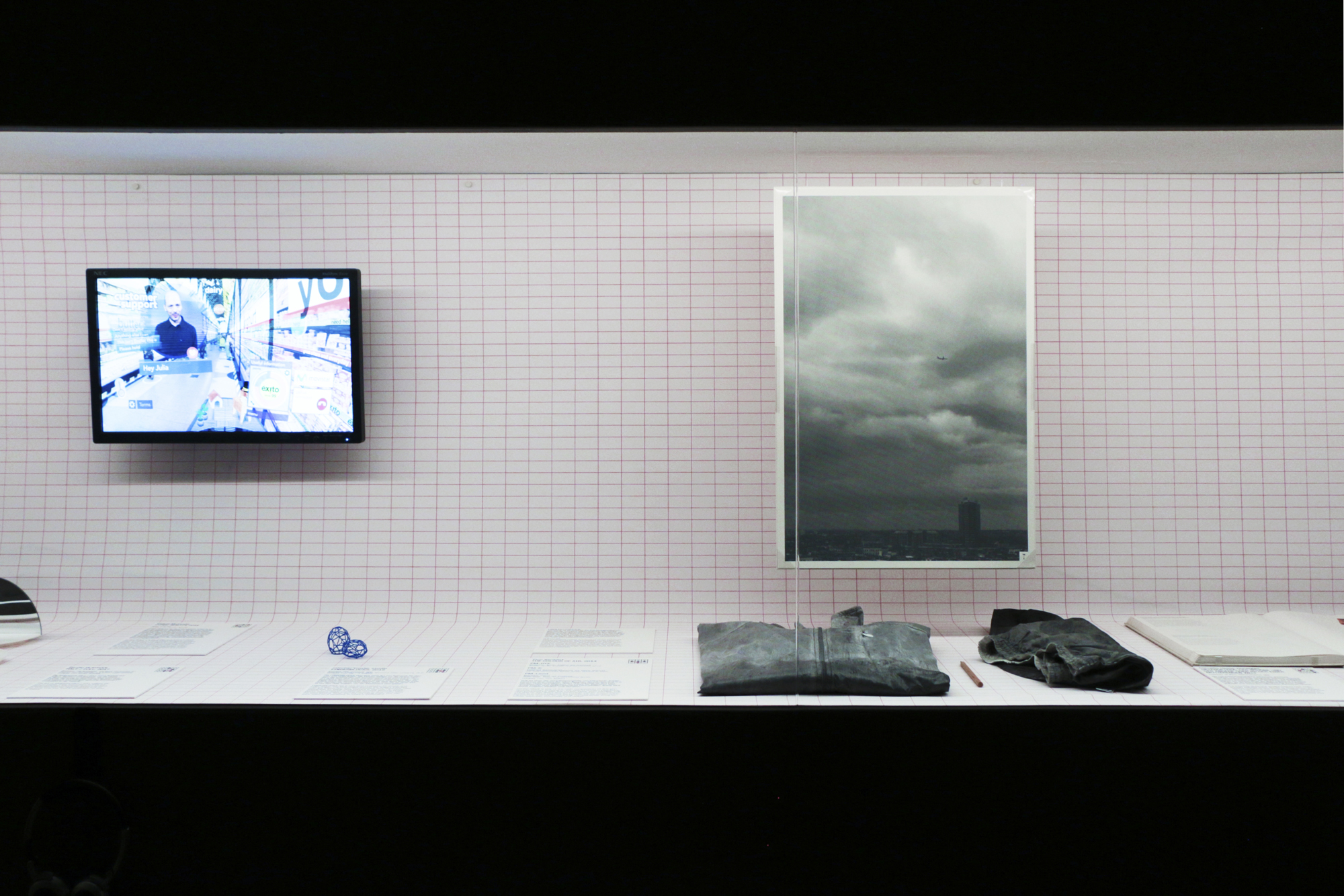

cabinet of consequences - Design projects that react to the consequences of human actions
left: view into the cabinet with Tino Seubert's the colour of air on the right side.
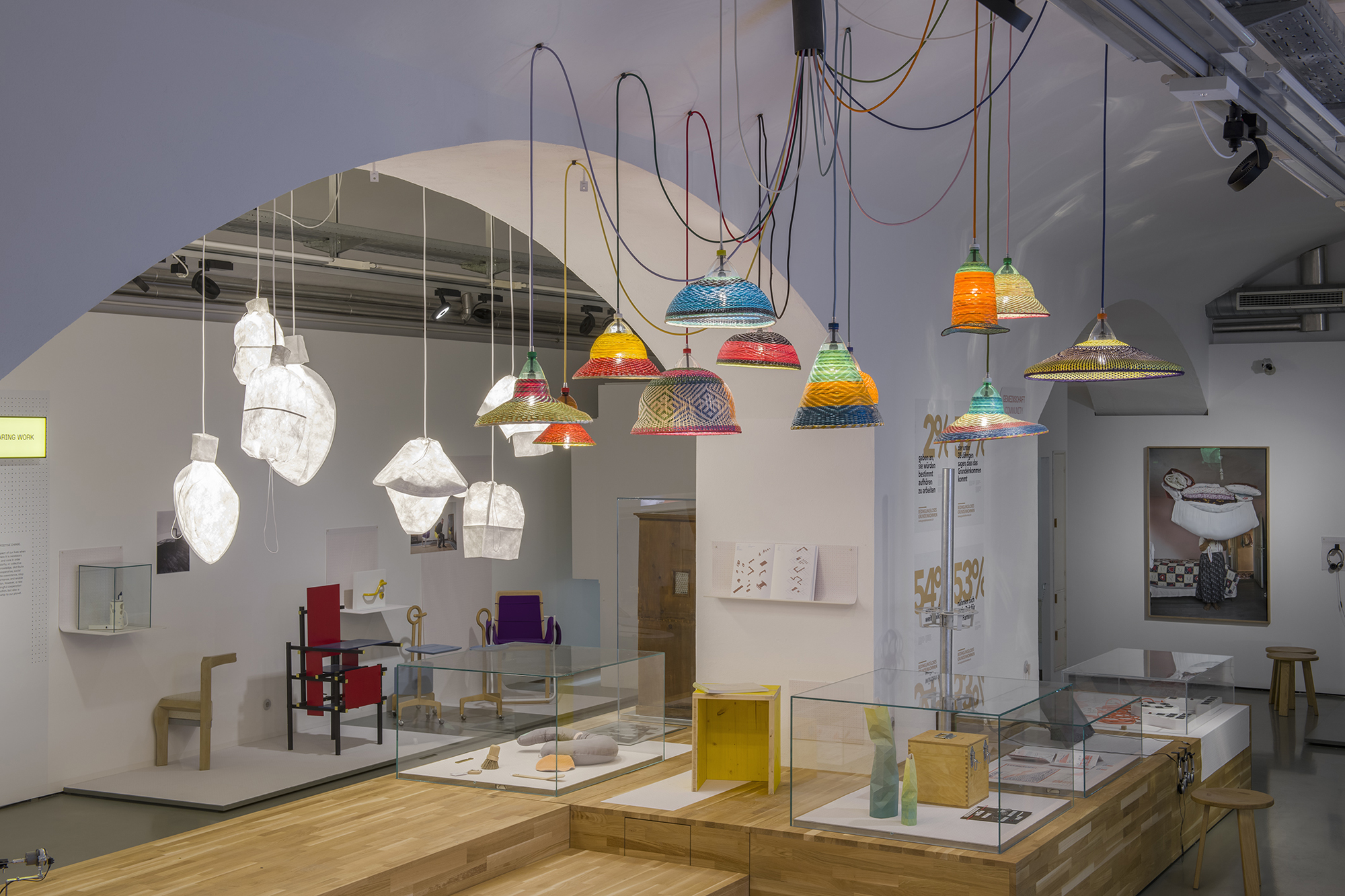
exhibition view image credit: social projects with PET-lamps by Alvaro Catalan de Ocon and Patrycja Domanska's dress a bulb , image creidt: Stefan-Lux / MAK
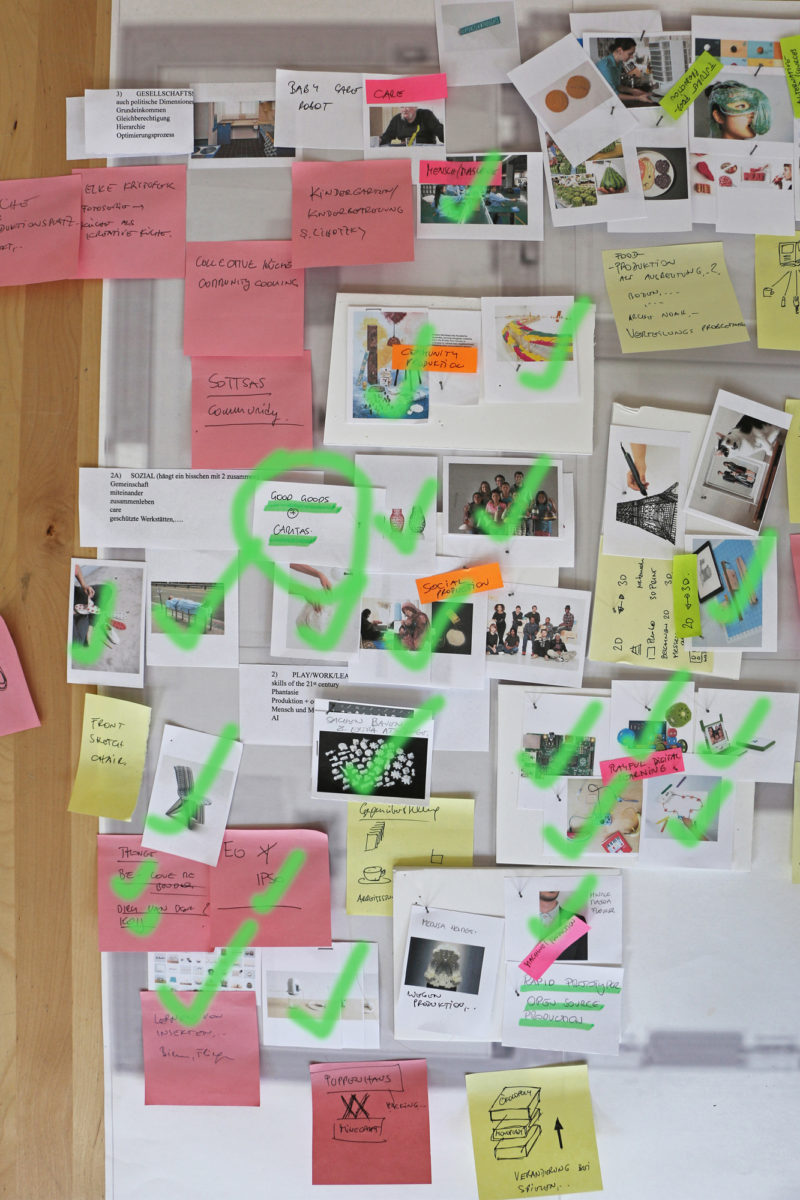
work in progress image during the Design project selection phase
-
curators MAK DESIGN LAB
mischer’traxler Studio (Katharina Mischer, Thomas Traxler), Janina Falkner – Neue Lernkonzepte, MAK
Marlies Wirth – Kuratorin Digitale Kultur, Kustodin MAK-Sammlung Design
-
team
Katharina Mischer, Thomas Traxler, Viktoria Heinrich – MAK-Sammlung Design
Elisa Polner, Monja Hirscher, Stefan Jäger and Johannes Nortmann
-
communication- and interactions design
-
architecture MAK LAB 2014
-
more details to the exhibition: